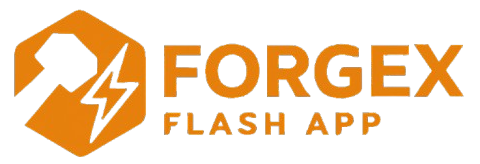The blockchain industry is rapidly growing, and developers need reliable tools to design, test, and deploy applications. Whether you are building wallets, decentralized apps (dApps), or smart contracts, crypto development tools provide the frameworks, libraries, and testing environments required to ensure efficiency and security.
This guide highlights the most important categories of tools that every blockchain developer should know.
Why Crypto Development Tools Are Important
- Faster Development Cycles
Tools streamline coding, debugging, and deployment. - Improved Security
Testing environments reduce risks before going live. - Cross-Chain Compatibility
Developers can work across Ethereum, Bitcoin, Solana, and other ecosystems. - Educational Value
Beginners can use simulators and testnets to learn blockchain technology safely. - Scalability and Optimization
Tools allow developers to simulate performance under different network conditions.
Key Types of Crypto Development Tools
1. Blockchain Testnets
Testnets like Ethereum Goerli, Bitcoin Testnet, and BSC Testnet allow risk-free testing of transactions and contracts.
ALT text suggestion:
“Example of a blockchain testnet explorer showing a simulated crypto transaction.”
2. Wallet Development Frameworks
Libraries and SDKs like Web3.js, Ethers.js, and BitcoinJS help create secure crypto wallets.
ALT text suggestion:
“Code snippet using Web3.js for connecting a wallet to the Ethereum blockchain.”
3. Smart Contract Tools
Frameworks such as Hardhat, Truffle, and Foundry support Solidity development, testing, and deployment.
ALT text suggestion:
“Screenshot of Solidity smart contract code running in Hardhat development environment.”
4. Crypto Simulators
Simulators allow developers to mimic transactions, token transfers, and network conditions without using real crypto.
ALT text suggestion:
“Interface of a crypto transaction simulator showing a test transfer log.”
5. APIs and Node Providers
Platforms like Alchemy, Infura, and QuickNode provide blockchain API services to connect applications to nodes.
ALT text suggestion:
“Infura API dashboard showing Ethereum and Polygon node access statistics.”
6. Security Testing Tools
Auditing frameworks like MythX, Slither, and Echidna detect vulnerabilities in smart contracts.
ALT text suggestion:
“Security testing dashboard showing smart contract vulnerability analysis.”
Best Practices for Using Crypto Development Tools
- Always test on testnets before deploying on mainnet.
- Keep libraries and frameworks up-to-date.
- Use multiple tools for cross-checking results.
- Integrate security audits into the development cycle.
- Leverage APIs and SDKs to save development time.
Final Thoughts
The blockchain ecosystem continues to expand, and reliable crypto development tools are at the heart of this growth. From testnets and simulators to smart contract frameworks and APIs, these tools empower developers to create secure, efficient, and scalable applications.
Choosing the right combination of tools ensures that your blockchain projects are built with confidence, reliability, and future-proof design.
Tags:
#CryptoDevelopment #BlockchainTools #SmartContractDevelopment #CryptoTesting #CryptoAPIs


